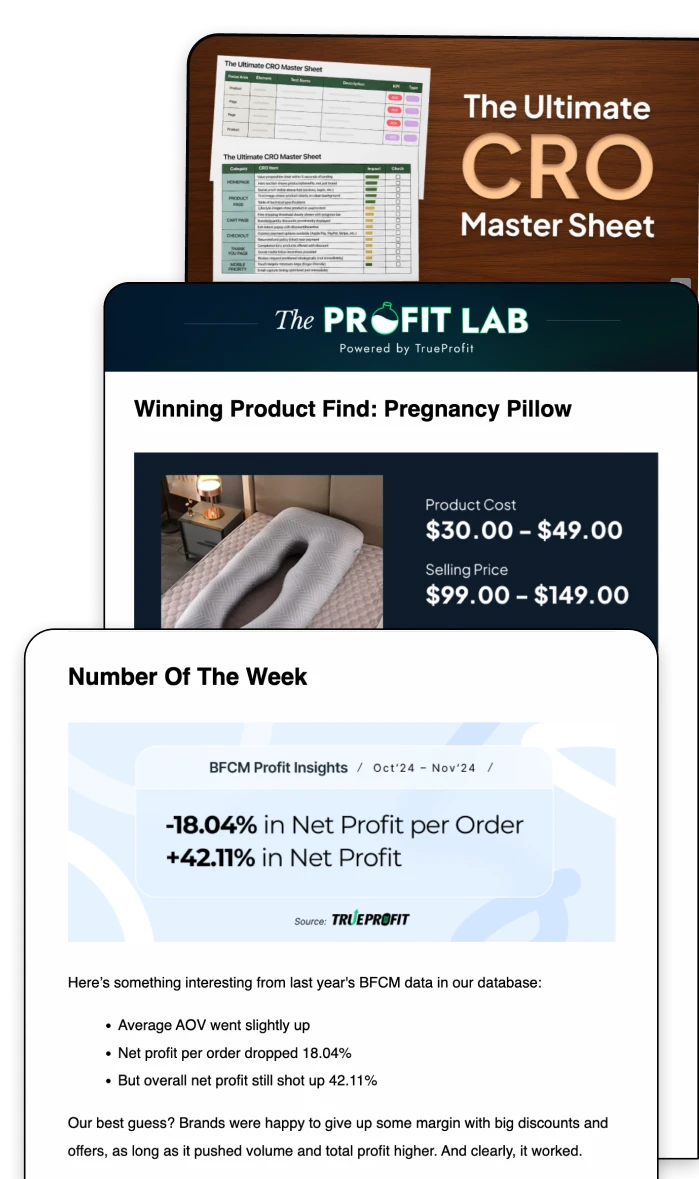Good Net Profit Margin: The 2025 Benchmarks Revealed

What is a good net profit margin? It's one of the first ecommerce metrics investors and smart operators look at — because it tells you how much money your business actually keeps after expenses. In simple terms, 5% is low, 10% is healthy, and 20%+ is strong.
But what’s “good” can shift wildly depending on your industry, pricing model, and cost structure. Let’s break down the net profit margin benchmark and how to know if yours is on the right track.
What is a Good Net Profit Margin
A good net profit margin is around 10% for most businesses. Anything above 20% is considered strong, while a margin below 5% may signal your business is struggling to stay profitable. That said, what counts as “good” can vary depending on your industry, cost structure, and pricing model.
Here’s a quick breakdown:
Net Profit Margin | Performance | What It Means |
|---|---|---|
Less than 5% | Low | Business may be struggling to cover costs or operating inefficiently |
Around 10% | Healthy | Average for many stable businesses; indicates basic profitability |
20% or more | Very Good | Strong profit margins; shows efficiency and financial health |
40–50% | Excellent | Common in SaaS, digital products, and premium service models |
Even a 5% margin might be great in industries with tight competition, while a 20%+ margin is expected in high-margin models like software or digital services. That’s why knowing your benchmark matters — we’ll cover industry-specific numbers next.
Gross Profit Margin vs. Net Profit Margin: What's the Difference?
Before we dive even deeper, it’s worth noting the difference between net profit margin and gross profit margin. While gross margin shows how much you keep after covering the cost of goods sold (COGS), net margin factors in all operating expenses, taxes, and other costs—giving you the complete picture of profitability.
Here's a clear and concise comparison table between Gross Profit Margin vs Net Profit Margin:
Aspect | Gross Profit Margin | Net Profit Margin |
|---|---|---|
Definition | Percentage of revenue left after deducting Cost of Goods Sold (COGS) | Percentage of revenue left after all expenses, including COGS, operating expenses, taxes, interest, etc. |
Formula | (Revenue – COGS) / Revenue × 100 | Net Profit / Revenue × 100 |
Focus | Measures production efficiency | Measures overall profitability |
Expenses Included | Only COGS | All expenses (COGS, operating, interest, taxes, etc.) |
Usefulness | Evaluates core profitability of products/services | Evaluates overall financial health and business efficiency |
Insight Provided | Shows how well a company manages production costs | Shows how much actual profit the company retains |
Typical Users | Product managers, operations teams | Investors, business owners, financial analysts |
Limitations | Doesn’t account for other business costs | Can mask product-level performance if used alone |
Industry Benchmarks for Net Profit Margin
Like we said above, a good net profit margin depends on your industry. A 5% margin might be great in retail, but low for SaaS. That’s why benchmarking against similar businesses gives you better context for evaluating your performance. For example, understanding typical ecommerce profit margins—usually between 5% and 15%—can help you see whether your store is on track or needs improvement.
Here’s a quick look at average net profit margins by industry:
Industry | Average Net Profit Margin |
|---|---|
Retail | 2%–5% |
Restaurants | 5%–10% |
SaaS | 20%–40% |
Agencies | 15%–25% |
E-commerce | 5%–15% |
Manufacturing | 5%–10% |
Consulting | 15%–30% |
Margins vary based on overhead, pricing models, and how scalable the business is. If you run a high-volume, low-margin business like retail, you’ll naturally see smaller percentages than someone selling software or services.
How to Improve Your Net Profit Margin?
Even small changes can have a big impact on your bottom line. Here are six practical ways to increase your net profit margin:
1. Monitor your net profit margin consistently
Improving profit isn’t just about selling more — it’s about working smarter. Start by monitoring your net profit margin consistently. If you don’t know where your profit leaks are, you can’t fix them.
The first step is clear, accurate tracking — and that’s where tools like TrueProfit help. With real-time data on your net profit and margins, you can make faster, more confident decisions.
2. Reduce costs without hurting quality
Next, take a hard look at your current expenses. Are there tools, subscriptions, or services you’re paying for but no longer need? Trim the fat without compromising quality. This could mean switching to more affordable alternatives or renegotiating contracts with suppliers.
3. Re-evaluate your pricing strategy
Pricing plays a bigger role than most people think. If your margins feel tight, revisit your pricing strategy. Raising prices might feel risky — but if your product delivers value, customers are often willing to pay more. Test different offers, bundle products, or create premium versions to increase perceived value.
4. Cut inefficient marketing spend
Marketing should be efficient, not just loud. It’s easy to overspend on ads that don’t convert. Instead of spreading your budget thin, double down on what brings results. Cut campaigns with high acquisition costs and low customer value. Make sure you’re tracking attribution clearly, so you know what’s actually driving conversions.
5. Improve operational efficiency
Here’s the thing you might miss: Manual processes eat up time and money. Automating routine tasks or outsourcing work that drains your resources can free up your team to focus on growth. Even small changes in workflow can lead to major savings.
6. Focus on high-margin products/services
Finally, focus on what sells — and what pays. Some products generate more profit than others. Highlight your bestsellers, and don’t be afraid to phase out items that are hard to sell or cost too much to support. Upsells, cross-sells, and smart positioning can help you earn more from each customer without adding complexity.
Use your margin as a guide, not just a number. Track it consistently, compare it to industry benchmarks, and take smart steps to improve it over time.
A “good” net profit margin depends on your industry — but as a general rule:
10% is healthy, 20%+ is strong, and below 5% may be risky.
Harry Chu is the Founder of TrueProfit, a net profit tracking solution designed to help Shopify merchants gain real-time insights into their actual profits. With 11+ years of experience in eCommerce and technology, his expertise in profit analytics, cost tracking, and data-driven decision-making has made him a trusted voice for thousands of Shopify merchants.





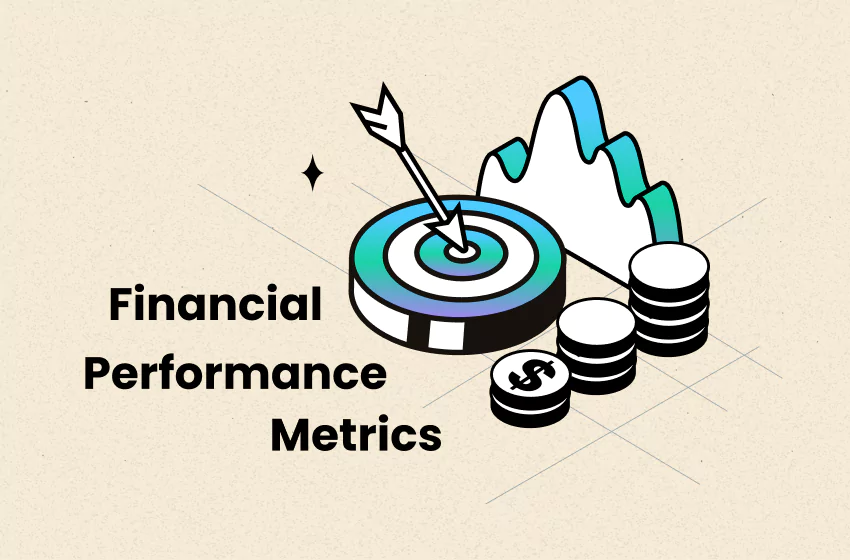
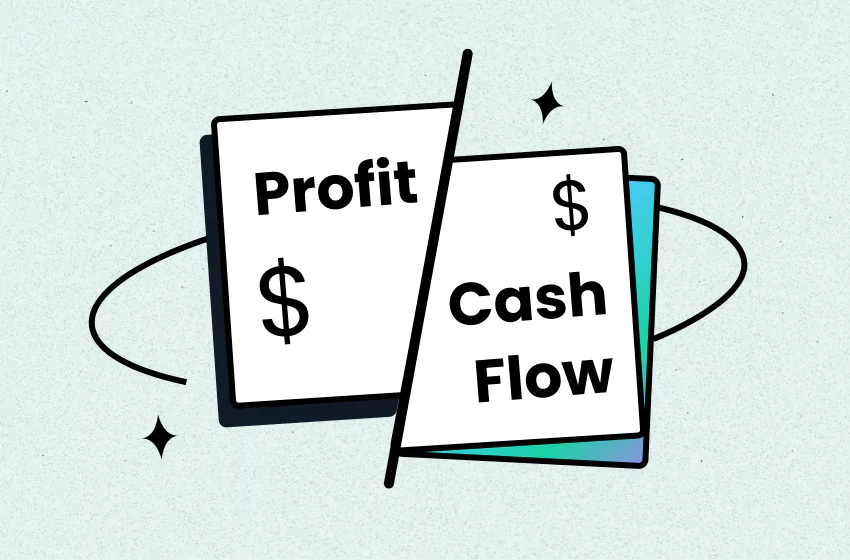
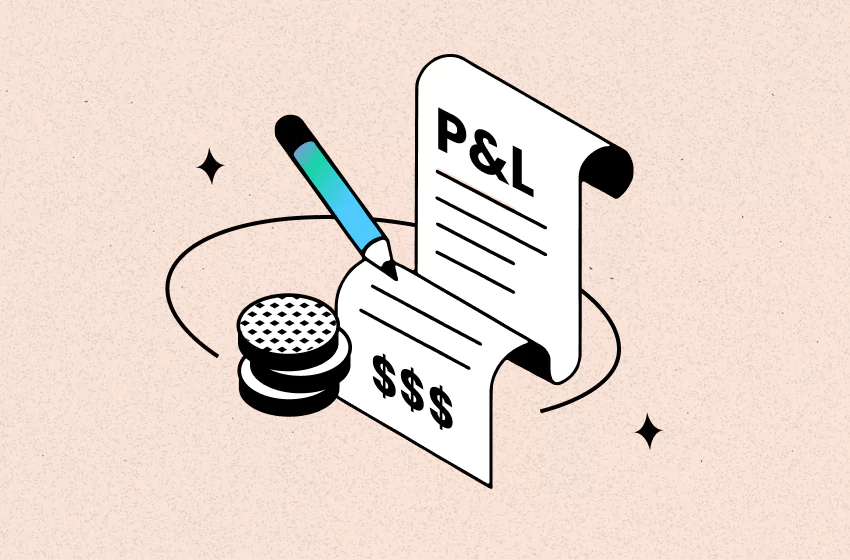



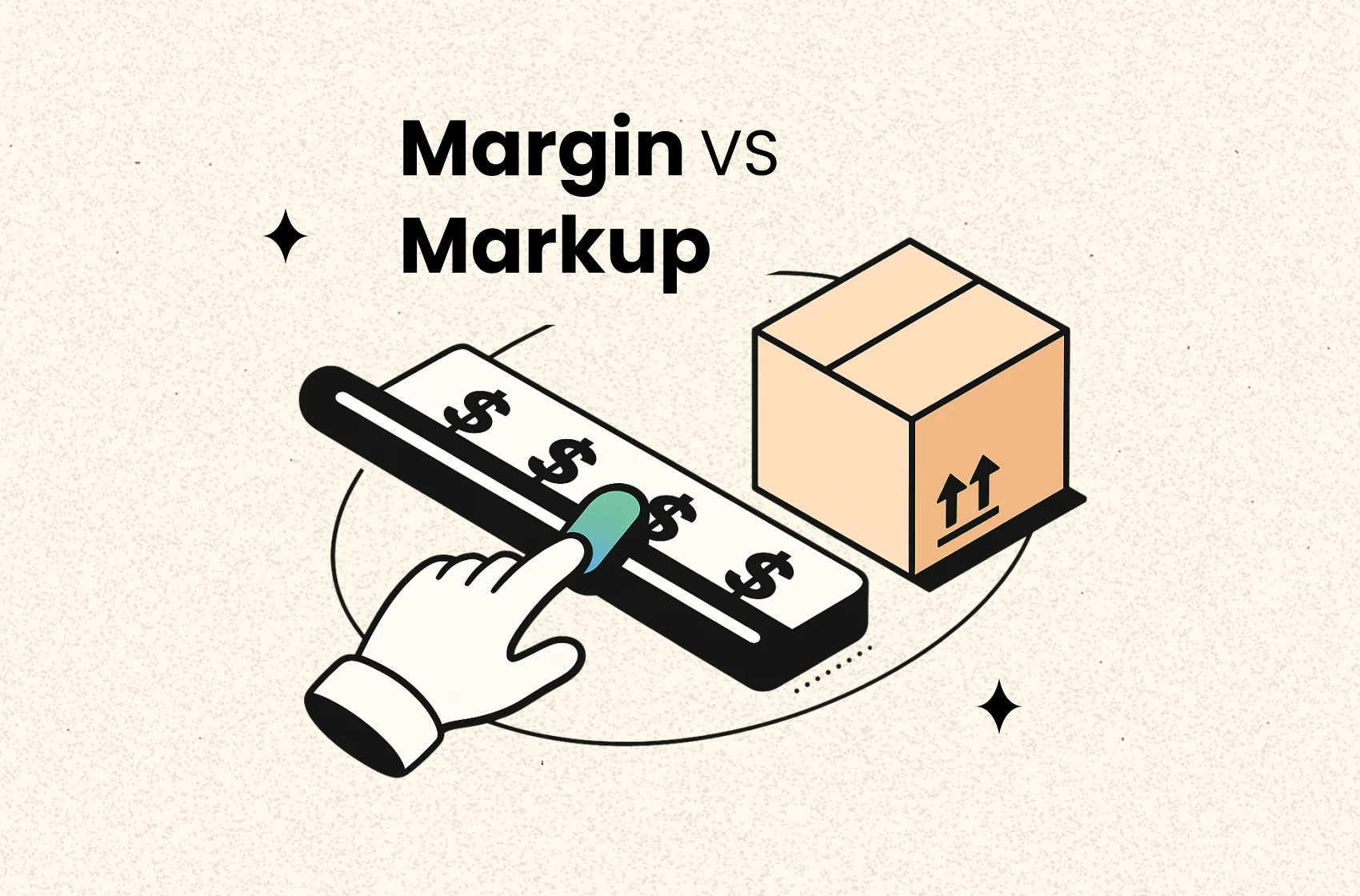


 Shopify profits
Shopify profits